SCraig
Been spending a lot of time on here!
- Joined
- Nov 12, 2011
- Messages
- 6,474
- Reaction score
- 2,450
- Location
- Nashville, TN
- Website
- sc-photo-tn.com
- Can others edit my Photos
- Photos NOT OK to edit
I went to the Old Hickory Wildlife Management Area this morning to see what was there. It was the first time I've been there so I didn't really know what to expect, but it was basically just a boat landing area for the lake. There were, however, a lot of Ring-Billed Gulls wheeling around and American Coots paddling around. I have hundreds of photographs of both so I wasn't paying a lot of attention to them. There was also a Black-Crowned Night Heron that I have NO decent photographs of, and of course he took to his wings as soon as I got within range so I still have NO decent shots of them.
So, rather than waste a trip, I started shooting some shots of the gulls since they are always interesting. Then I realized that among the dozens and dozens of Ring-Billed Gulls there were also a few that were smaller. Looking closer I also realized that they had black bills instead of the yellow bills on Ring-Billed Gulls. I just happened to notice that there was a different species mixed in. It turns out that they were Bonaparte's Gulls but I never would have seen them had I not happened to notice that they were smaller. Same overall color, same black on their tail, same brown patches on their sides. Looking closer I could see a black bill and a black spot behind the eye, but I had to LOOK for the differences.
When I got home I started trying to find out what I had seen and even then got stuck between two that are still very, very similar in appearance. I was pretty sure it was either a Bonaparte's Gull or a Little Gull and had to send the photos to a bird expert I've used for help before.
The point of this post being that those of us who shoot bird photos should always pay close attention. We become accustomed to seeing the same thing over and over and don't always see the differences that are mixed in right in front of us. Most of us aren't bird experts and one gray gull looks the same as another gray gull until we start seeing the small differences between them. Many species of bird are very similar in appearance, and it's important to look closely or we can miss something unusual and never even know it.
Bonaparte's Gull
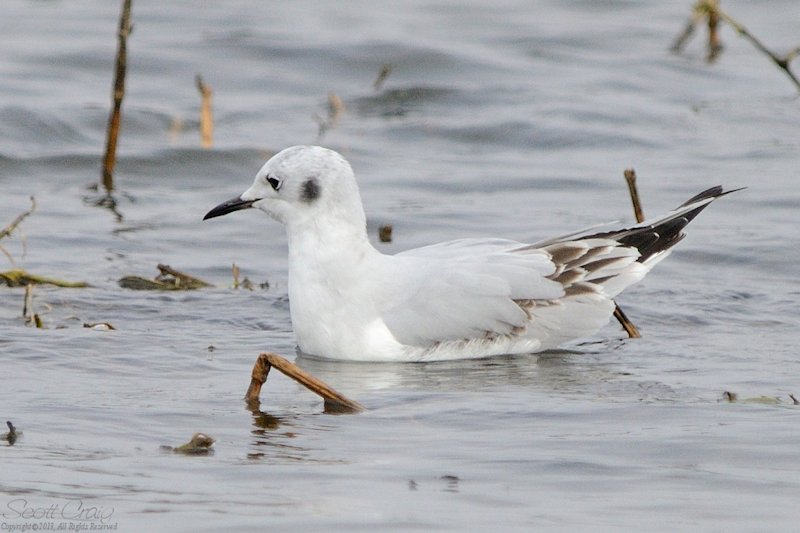
Ring-Billed Gull and Bonaparte's Gull
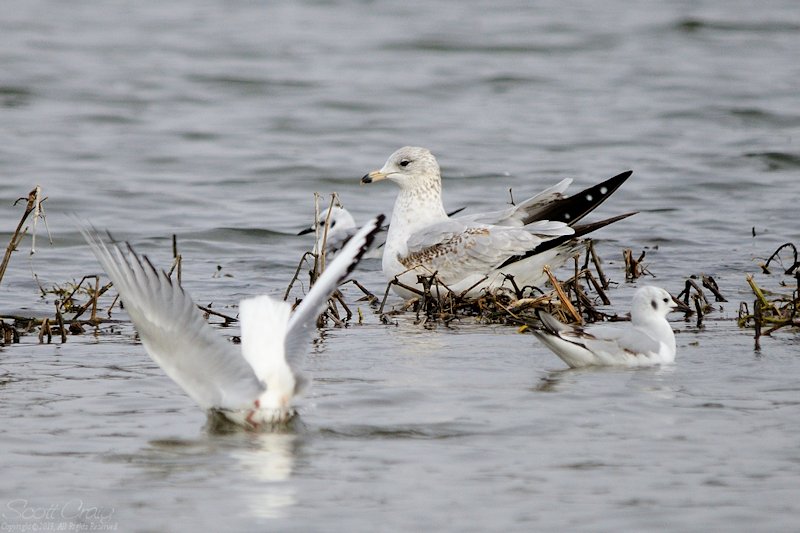
The Ring-Billed Gull in the photo above is a little misleading since they don't always have such prominent brown patches on their sides. The colors among most of the Ring-Billed Gulls and the Bonaparte's Gulls were generally the same overall gray.
So, rather than waste a trip, I started shooting some shots of the gulls since they are always interesting. Then I realized that among the dozens and dozens of Ring-Billed Gulls there were also a few that were smaller. Looking closer I also realized that they had black bills instead of the yellow bills on Ring-Billed Gulls. I just happened to notice that there was a different species mixed in. It turns out that they were Bonaparte's Gulls but I never would have seen them had I not happened to notice that they were smaller. Same overall color, same black on their tail, same brown patches on their sides. Looking closer I could see a black bill and a black spot behind the eye, but I had to LOOK for the differences.
When I got home I started trying to find out what I had seen and even then got stuck between two that are still very, very similar in appearance. I was pretty sure it was either a Bonaparte's Gull or a Little Gull and had to send the photos to a bird expert I've used for help before.
The point of this post being that those of us who shoot bird photos should always pay close attention. We become accustomed to seeing the same thing over and over and don't always see the differences that are mixed in right in front of us. Most of us aren't bird experts and one gray gull looks the same as another gray gull until we start seeing the small differences between them. Many species of bird are very similar in appearance, and it's important to look closely or we can miss something unusual and never even know it.
Bonaparte's Gull

Ring-Billed Gull and Bonaparte's Gull

The Ring-Billed Gull in the photo above is a little misleading since they don't always have such prominent brown patches on their sides. The colors among most of the Ring-Billed Gulls and the Bonaparte's Gulls were generally the same overall gray.




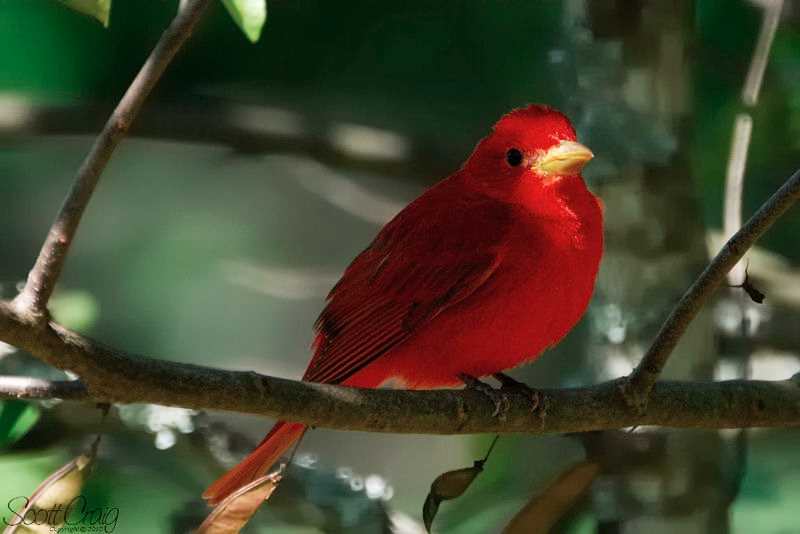
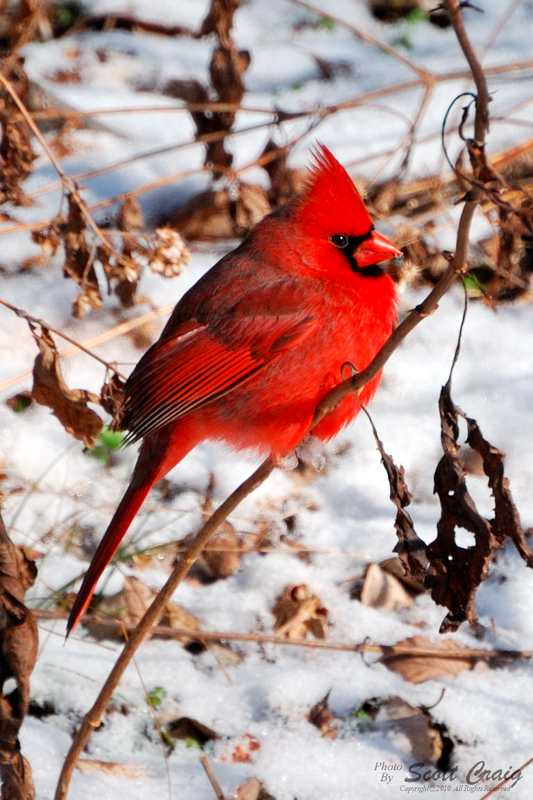
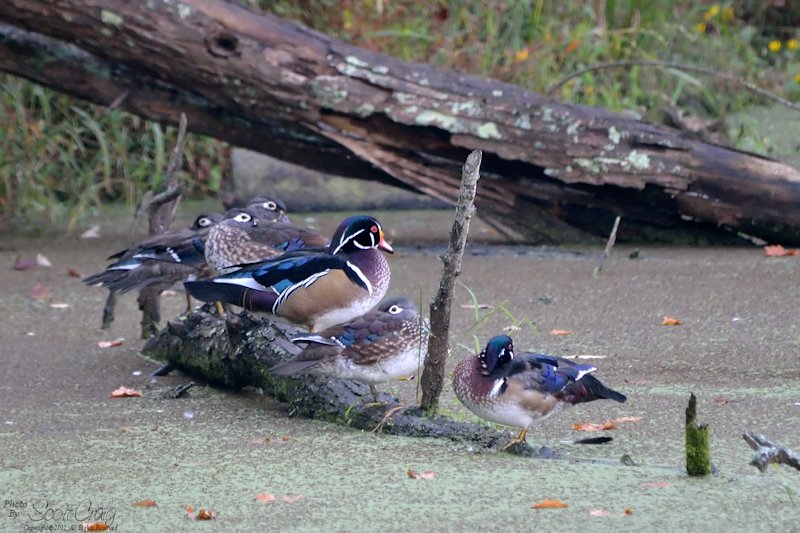
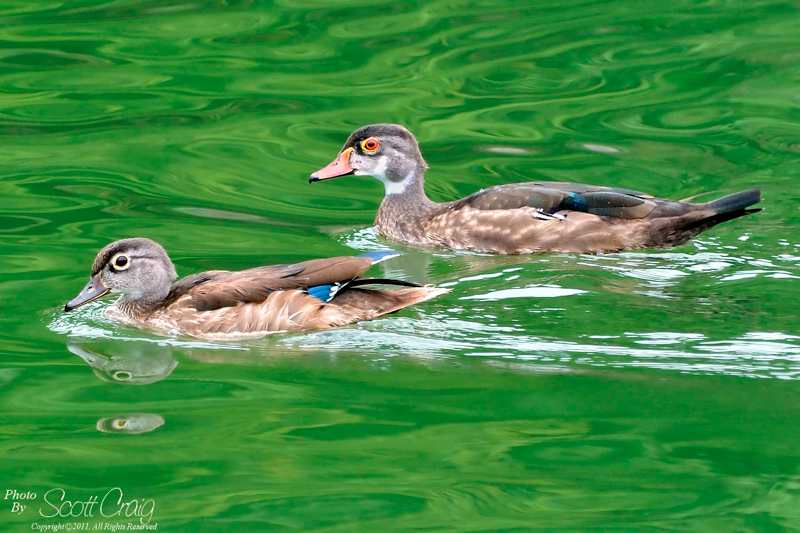
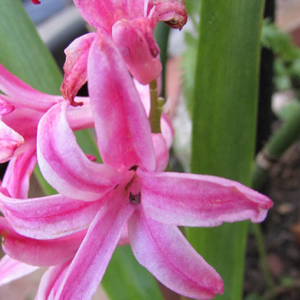

![[No title]](/data/xfmg/thumbnail/35/35668-5ed46d3abc5acbedc69d68e0c3a2173a.jpg?1619737090)


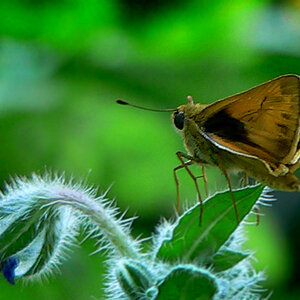
![[No title]](/data/xfmg/thumbnail/33/33356-9cfc19255e84aab13c903f781a99cf9f.jpg?1619735920)


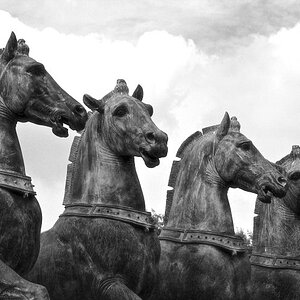
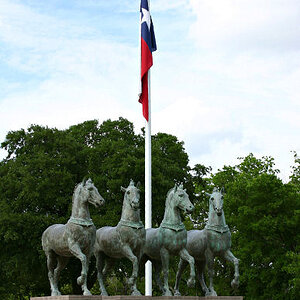
![[No title]](/data/xfmg/thumbnail/33/33358-426ca644c08fb31a8cc23232f17de8dd.jpg?1619735922)